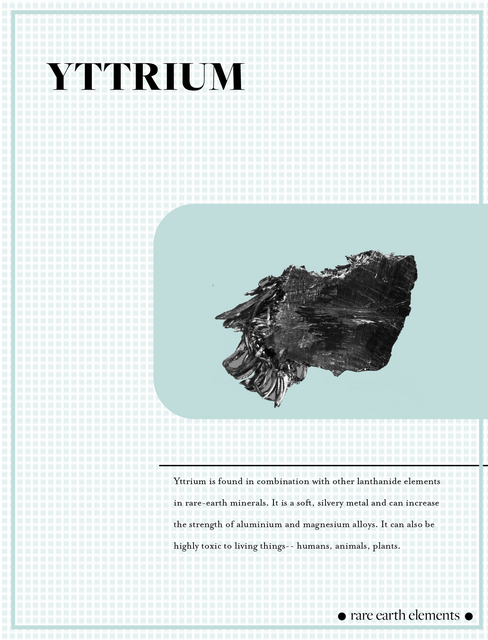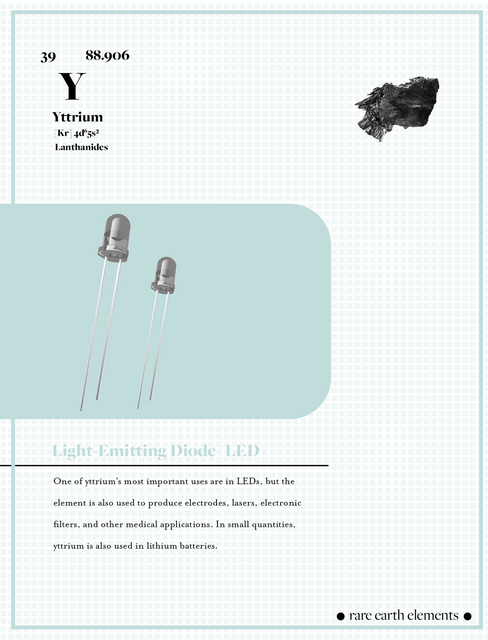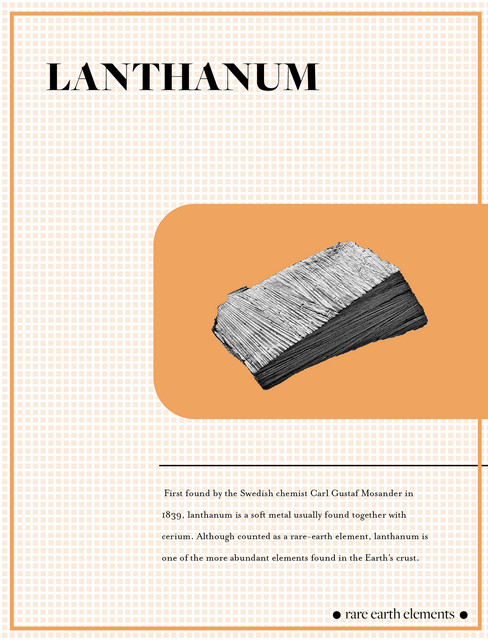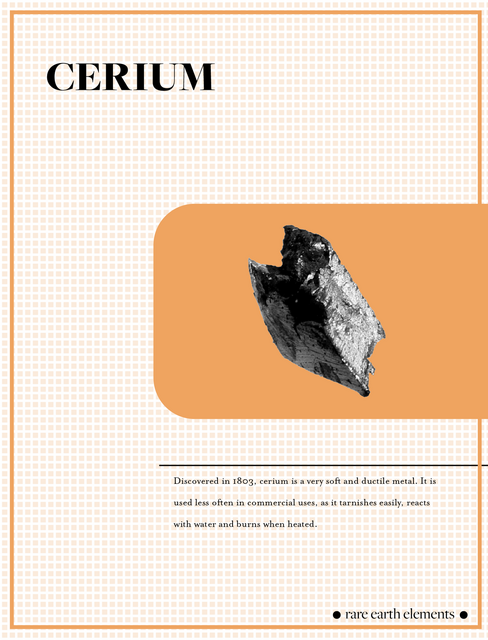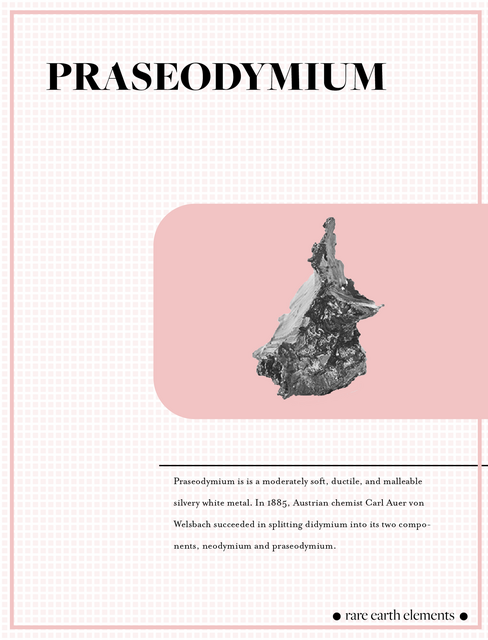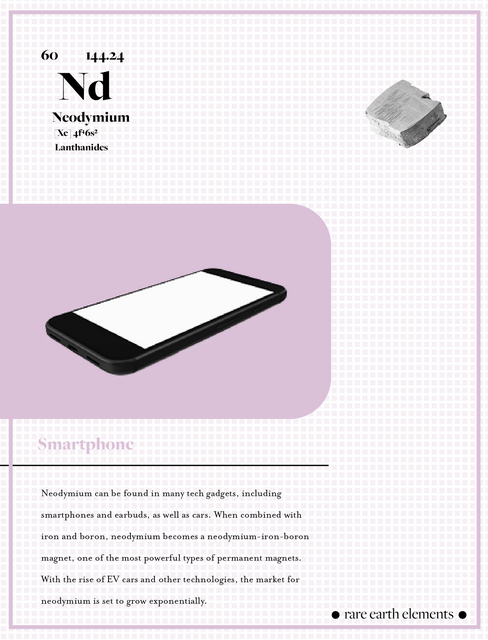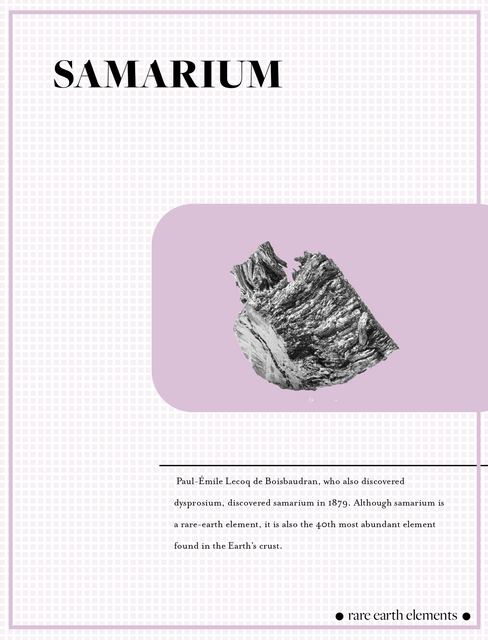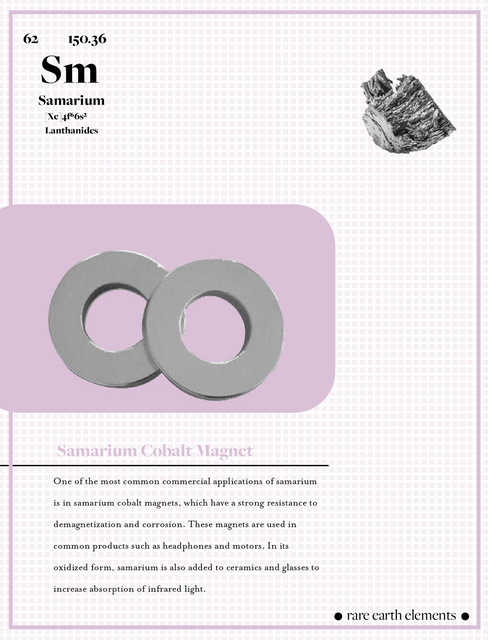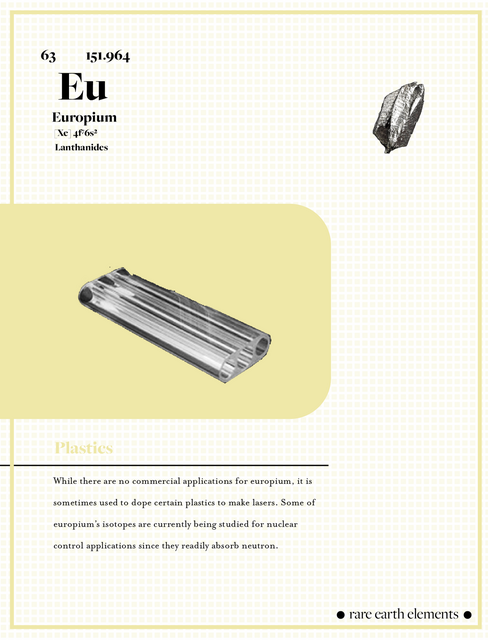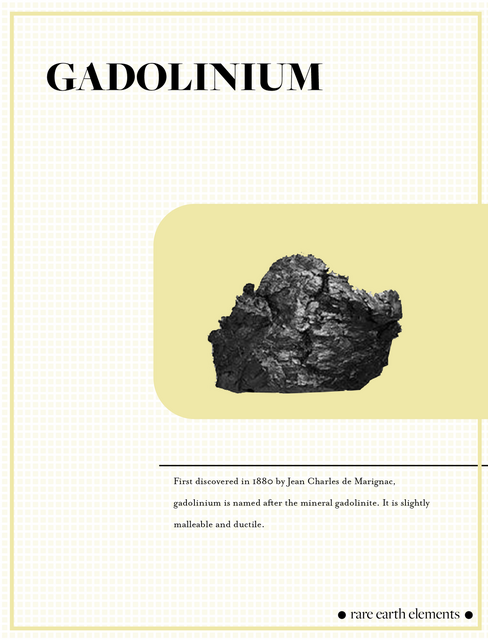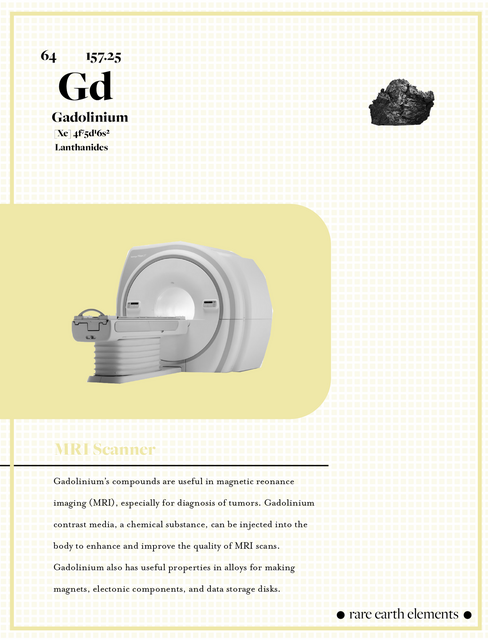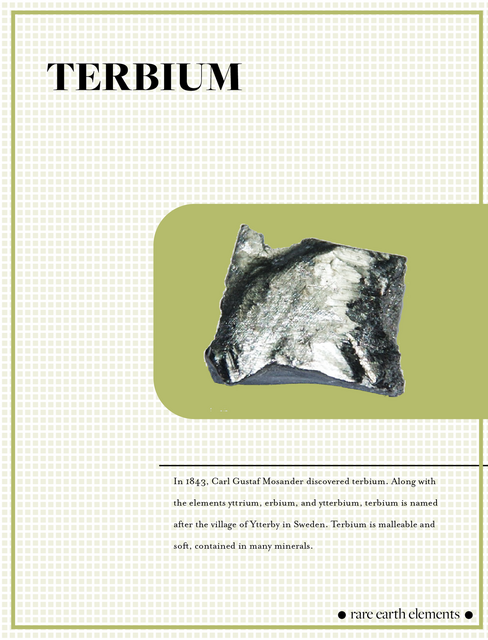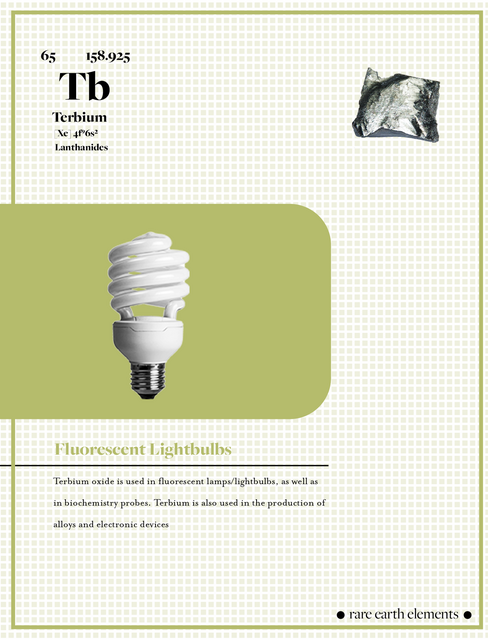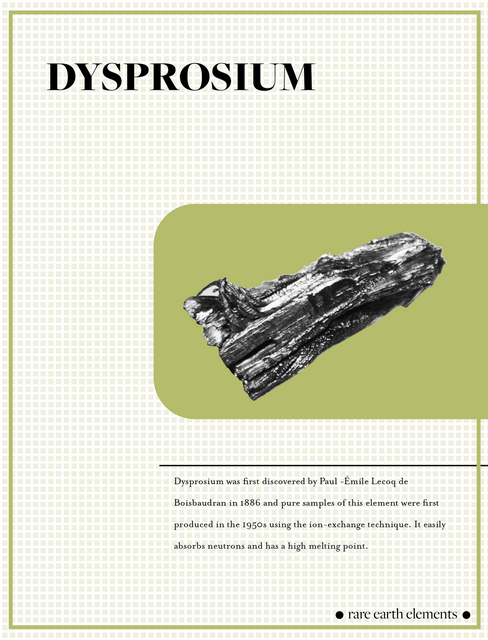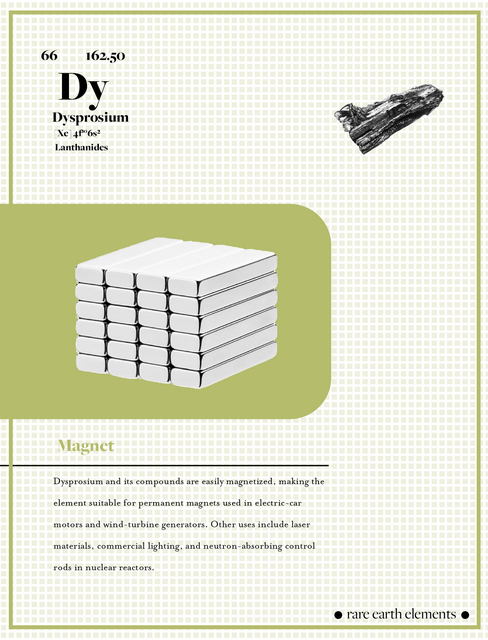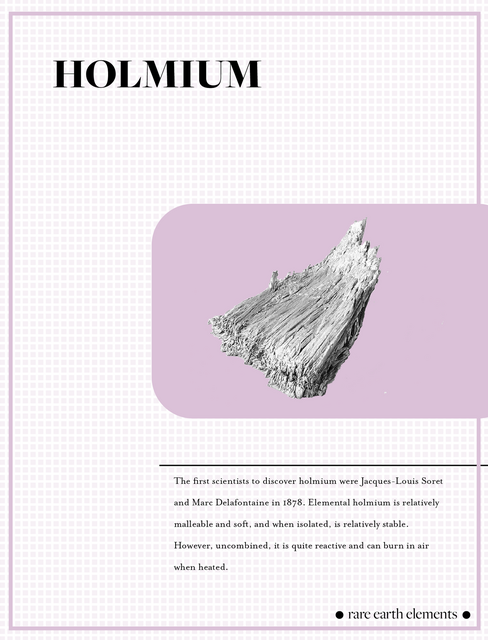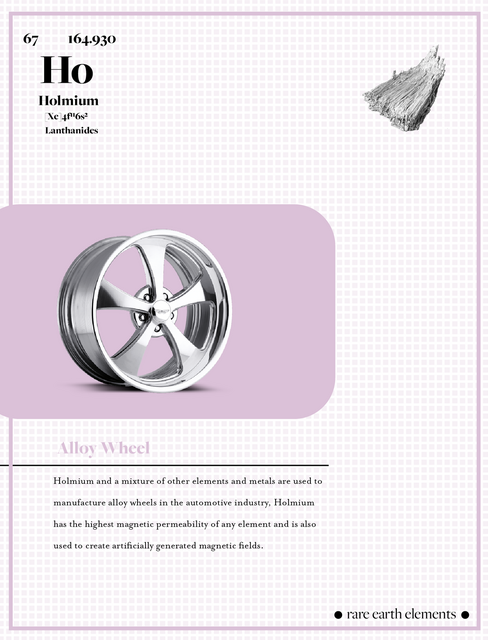[T]he potential of rare earths to become the next ‘elements of conflict’...is not due to their absolute scarcity or geological concentration in any single place—such as China—but rather to the political life built around them as multiple actors with diverse interests navigate between necessity, cost, and danger.

Rare earth minerals are everywhere, yet poorly understood. Rare earths, or lanthanides, are a series of 17 metals with unique magnetic, electrical, and visual properties. They are essential ingredients in digital and renewable energy technology, powering everything from cell phones, to data centers, to electric cars, and wind turbines. They are also used heavily in the fossil fuel industry, as fuel cracking catalysts.
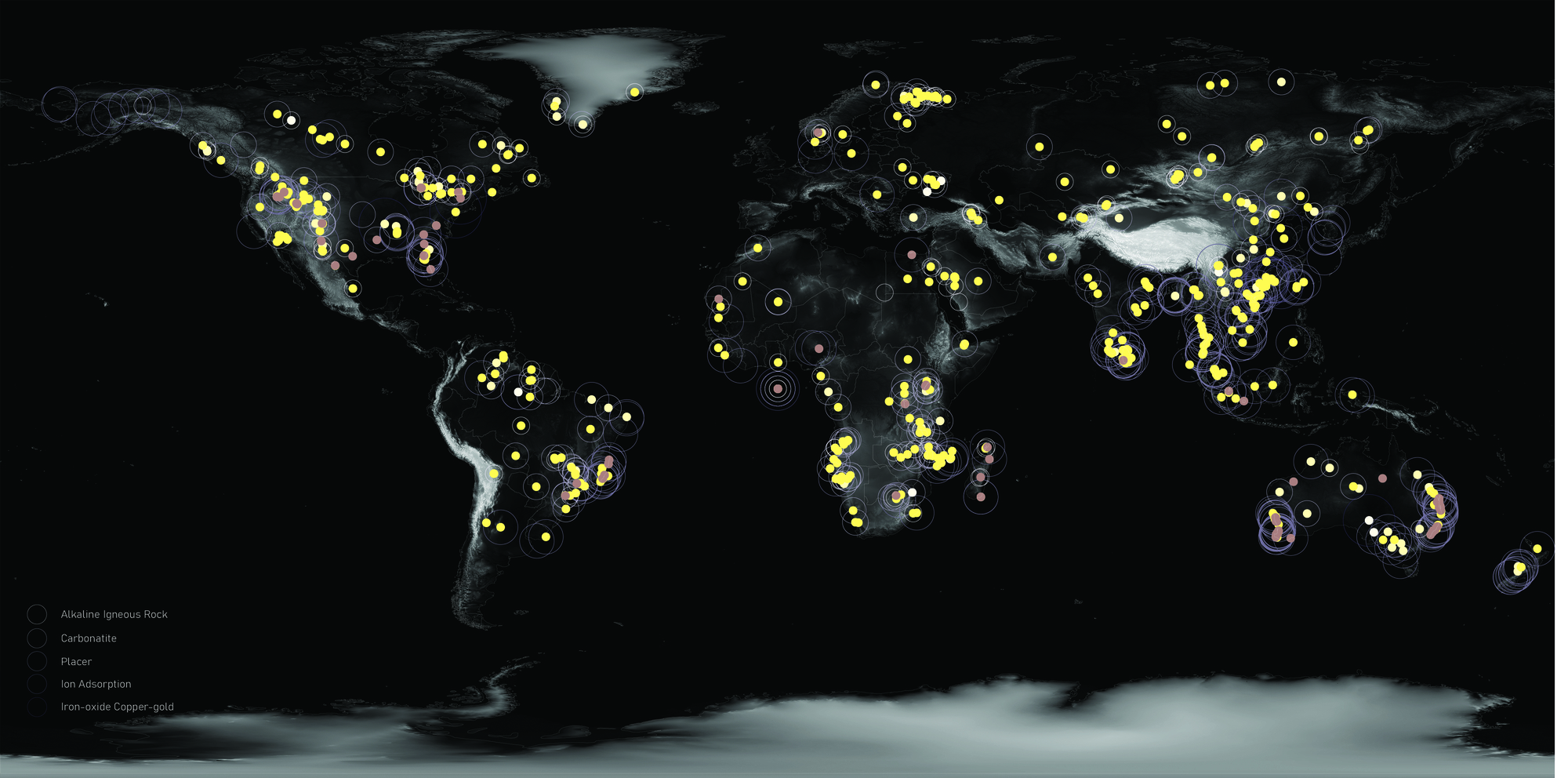
This map displays Rare Earth deposits around the world in relation to the quantity of minerals yet to be extracted. Each combination of filled circle and the outline circle represent different kinds of rare earth mineral categories of carbonates, alkalines, placer, ion absorption and iron oxides/copper oxides. The mines represented on this map are currently active mines and do not represent future or past deposits. The rarity of these minerals is not a result of the material abundance, but of the political economies which seek to control their extraction, purification, and implementation in green technologies.
Rare earths are not at all materially rare. The United States Geological Survey has identified over 800 rare earth deposits across six continents.
An honest mapping of the global rare earth situation must focus not just on deposits, but also on proposed projects, operational projects, processing infrastructures, and reclamation infrastructures. These processes will not always translate well to cartographic representations, but it is crucial that we better understand the increasingly dependent relationship between a truly international Green New Deal and the transnational political economy of increased mineral extraction. Rare earths, and their politics, are at the center of this understanding. When the media or politicians invoke rare earths, it is almost always as a lens on contemporary political anxieties, not on the rocks themselves. As one example, in 2020, U.S. Senator Ted Cruz introduced the O.R.E. (Onshoring Rare Earths) Act, in an attempt to draft policy for the expansion of rare earth mining and processing in the United States.





